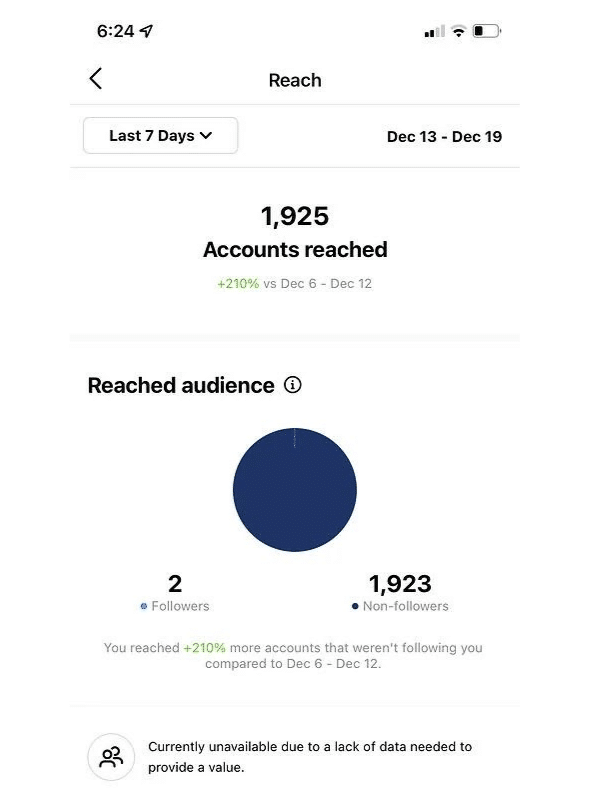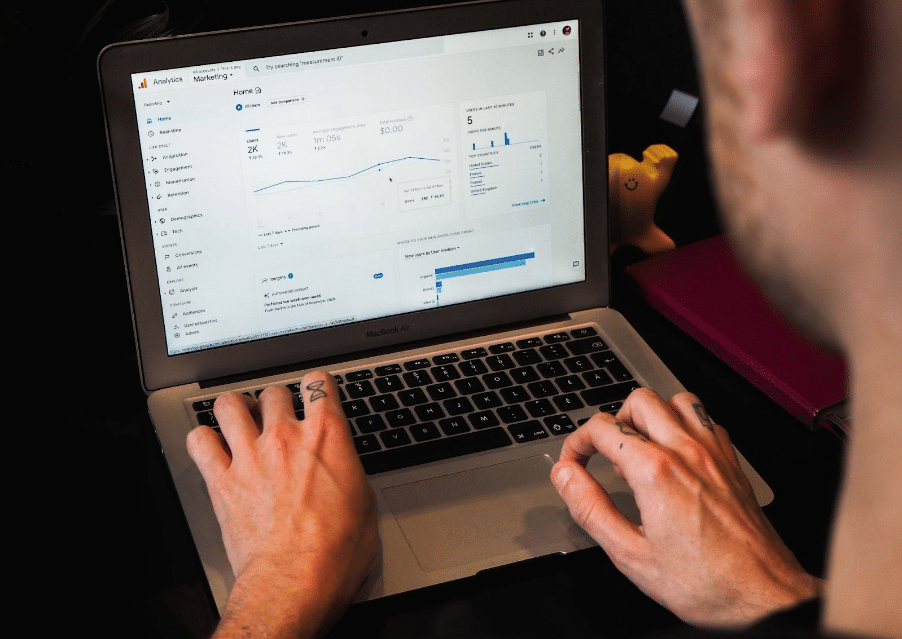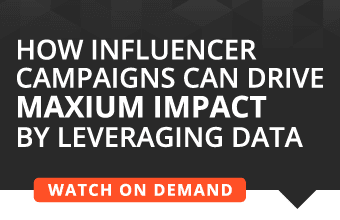Partnering with influencers to promote your products can do wonders for driving your brand awareness and sales. According to Influencer Marketing Hub, 68 percent of marketers are going to spend more on it in 2022.
The challenging part here is to ensure that the budgets allocated to a partnership with influencers will pay off. But how do you identify the success of these partnerships? Having set the right key performance indicators for your influencer campaigns, you will have a clear picture of how well they are going.
In this article, we will explain the importance of setting KPIs for influencer marketing campaigns. Then we will look through the essential KPIs you should keep track of to measure your campaigns’ effectiveness.
Why set KPIs for influencer marketing?
Evaluating the impact of your influencer integrations on your business goals achievement may seem a tricky task. But, with the right metrics at hand, it is not impossible!
Based on your business objectives, you can come up with the KPIs for your campaigns. With goal-oriented KPIs, you will get valuable insights on campaigns’ performance. This way, it will help ease your headache on making data-driven decisions on necessary adjustments or budget expansion.
7 important KPIs for your influencer marketing campaigns
So, what KPIs should you track to measure the effectiveness of your influencer marketing campaigns? We have compiled a list of 7 KPIs that can make or break your campaigns. Let’s get right into it!
-
Brand awareness
Driving brand awareness is a common goal for influencer marketing campaigns. Collaboration with influencers allows you to put your brand in front of their audience.
To measure the impact of influencer integrations on your brand awareness, you may want to track the following metrics:
- Reach—the number of users who have seen your influencer’s post;
- Impressions—the number of times your audience has seen the post;
- Audience growth—your follower count growth compared to pre-campaign figures.
-
Referral traffic
The next KPI for your influencer marketing campaigns is referral traffic. It gives you an idea of how many people have come to your website from your influencer’s content. Using UTM parameters or customized links will help you track the referral traffic.
An increase in website traffic is a definite measure of a campaign’s success. To see whether there is such an increase, compare the pre-campaign website traffic data to the current traffic.
When evaluating referral traffic, you can go beyond tracking the number of visitors. With Google Analytics, you can get a more in-depth view of your website audience:
- The number of new visitors;
- The average time spent on a website;
- Entrance and exit pages.
-
Engagement
The two KPIs we have covered above can give you insight into how many prospects your campaign has reached. But, to estimate the quality of your outreach, you need to look at engagement.
Active engagement indicates the relevance of your content to the audience. The more it resonates with your potential customers, the more willing they are to interact with if.
The key metrics to track engagement include:
- Clicks;
- Likes;
- Shares;
- Reactions;
- Comments;
- Brand mentions.
You can calculate engagement rates for each post manually. This will be the ratio of the number of engagements to the number of impressions.
You can also track an account’s engagement using third-party tools, such as TikTok engagement rate calculator.
Here is an interesting observation: the greater the follower count an influencer has, the smaller the engagement rates are. For that reason, savvy marketers prefer partnering with micro- and nano-influencers.
-
Conversions
Once the potential customers have landed on your website, you expect them to convert into leads and ultimately buyers. The conversions worth tracking include:
- Subscriptions to a newsletter;
- Downloading a guide or an ebook;
- Signing up for a trial;
- Making a purchase.
To attribute the conversions to an influencer campaign, use promo codes, UTM parameters, or custom URLs.
Keep in mind that poor conversions don’t necessarily mean that the whole influencer integration is ineffective. Take a step back and look at referral traffic and engagement KPIs. If the figures are okay, you are safe to conclude that an influencer has sent a relevant audience to your website. There might be an issue on a landline page itself, for example:
- The message on the site isn’t in line with the promotional message;
- The page doesn’t convince visitors to take further actions and to convert;
- Some technical issues such as low website load spread arise.
-
Lead generation
Influencer marketing is a powerful way to generate new leads. Lead generation, in turn, is an essential strategy for driving sales.
As we have mentioned above, you can track a variety of conversions, including those prospects who have become leads. How do you actually do this?
Google Analytics gives you such an opportunity. Set up goals for certain events — say, downloading a guide, or filling in the contact form. After that, you can watch the goals achieved in the analytics dashboard.
-
Sales and revenue
As your prospects from influencer campaigns are moving down your funnel, you need to track a campaign’s impact on sales and revenue.
To attribute sales to your influencer integrations, be sure to use either UTM parameters or custom URLs. This way, you will be able to track these conversions in Google Analytics. If you give your influencer partner promo codes to share with their audience, you can see the number of orders with these codes redeemed and get a better understanding of the passive income that is coming in through these channels and whether it is enough to justify the resources being spent on them.
The number of sales from influencer campaigns (and their volume) will give you a clear picture of the revenue generated from this channel.
-
Return on investment (ROI)
Finally, having the data on revenue from influencer marketing integrations, you can calculate your ROI. To do this, divide the revenue figure by the investment you’ve made.
Positive ROI is a sign that you can run another influencer campaign. But, negative ROI doesn’t mean you have to quit trying. Instead, try to figure out what went wrong, and which part of your funnel needs improvements.
Summary
When partnering with influencers, you need to make sure you’re getting the full value out of the allocated budget. Setting the right KPIs for your campaigns will help you track their effectiveness.
Keeping track of KPIs gives you a comprehensive picture of your business goals achievement. With goal-oriented KPIs, you can analyze what was good, and what needs improvements in future campaigns.











